How to pose and photograph portraits of your loved ones
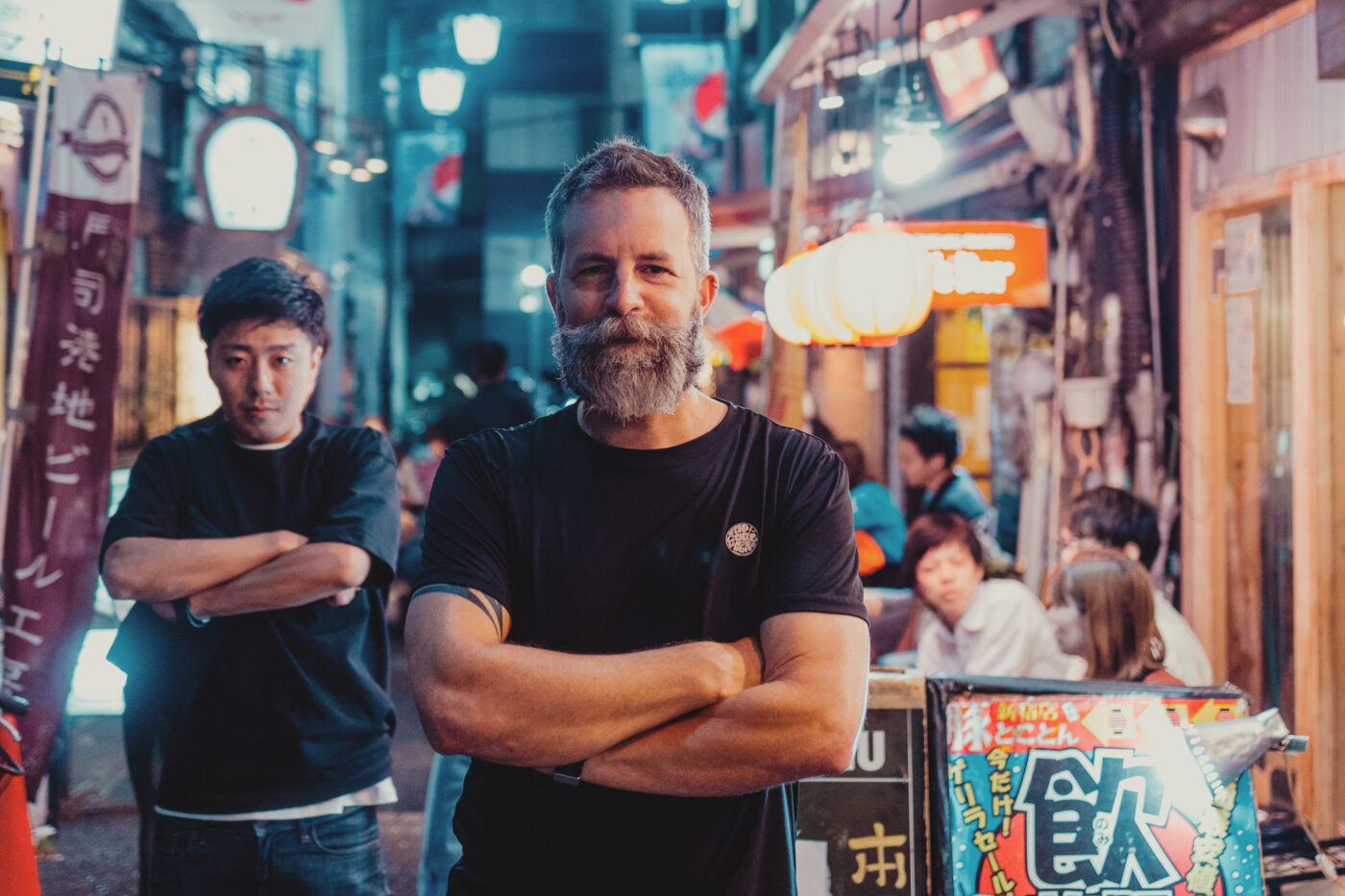
Capturing good pictures of your friends and family and finally portray them in the light you’ve always seen them in feels amazing. But most of my friends and family are not professional models and cant pose on command. Maybe you’re in a similar situation and know the struggle.
If you are, then you probably know the question: “ok and what should I do now, how should I move?” and maybe you had no idea how to reply to that. This blog entry is about how I deal with posing my friends and what I do to take relaxed, authentic pictures of my loved ones. But first, let’s go into the reason why this is a very desirable skill to learn.
If you’re serious about it, you can practice with strangers
As passionate portrait photographers, whether we do it as a hobby or want to make an income from it, many like to work with models found through agencies, instagram or facebook groups and there are good reasons to practice portrait photography this way, over practicing it with friends and family:
- Model wants to be photographed, while friends are often shy
- Photographing friends/family is “more difficult“, not only because we already have a fixed image of the person, but because we are emotionally closer, and it is always a little more difficult, at least for me, to tell them how to pose
- With family and friends, the time window to take good pictures is shorter, because if you set up a meeting with a model, you usually have a time window of like an hour. With friends, on the other hand, it’s mostly a spontaneous moment and when that flies by, the motivation for the portrait itself also fades
- Models know how they can be advantageously photographed, they have experience to pose themselves. This is often not the case with our friends, it might be the completely opposite way, and they think they’re not photogenic
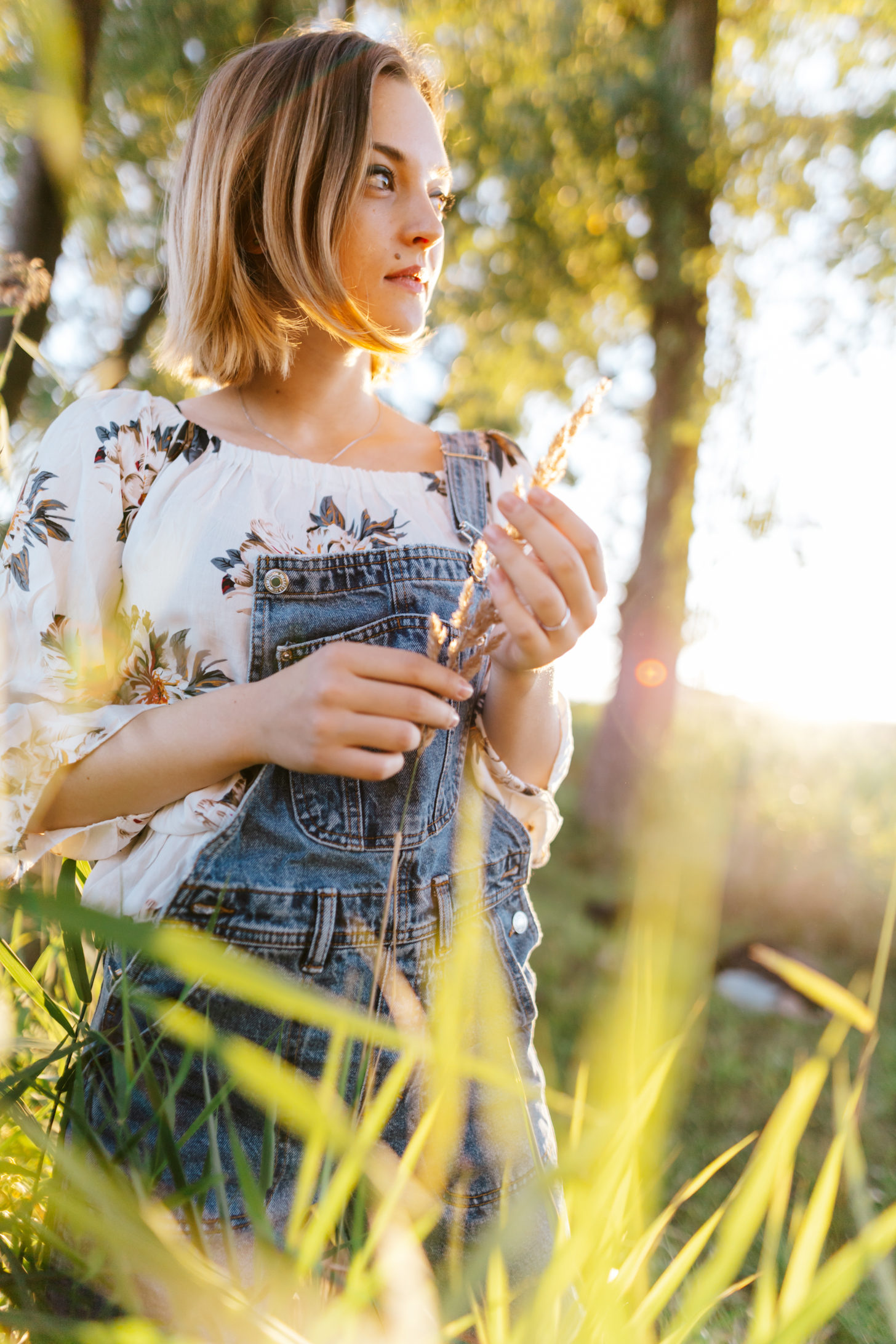
Of course, I almost always use models for portfolio work for the above reasons, simply because everything has to be perfect with those pictures. There are two major problems with this approach, at least for me. Firstly, most people who hire me for portraits are not models and rather unskilled in posing in front of a camera. If I’m only experienced to work with models, that can be a huge misconception about actual practical work.
The other reason is rather personal. The question is, are the portfolio portraits I did with strangers, the photos that I smile about two years from now, are these the pictures that I can laugh about with other people or that give me the greatest joy? No, because I lack the emotional connection to the person or the time in the picture.
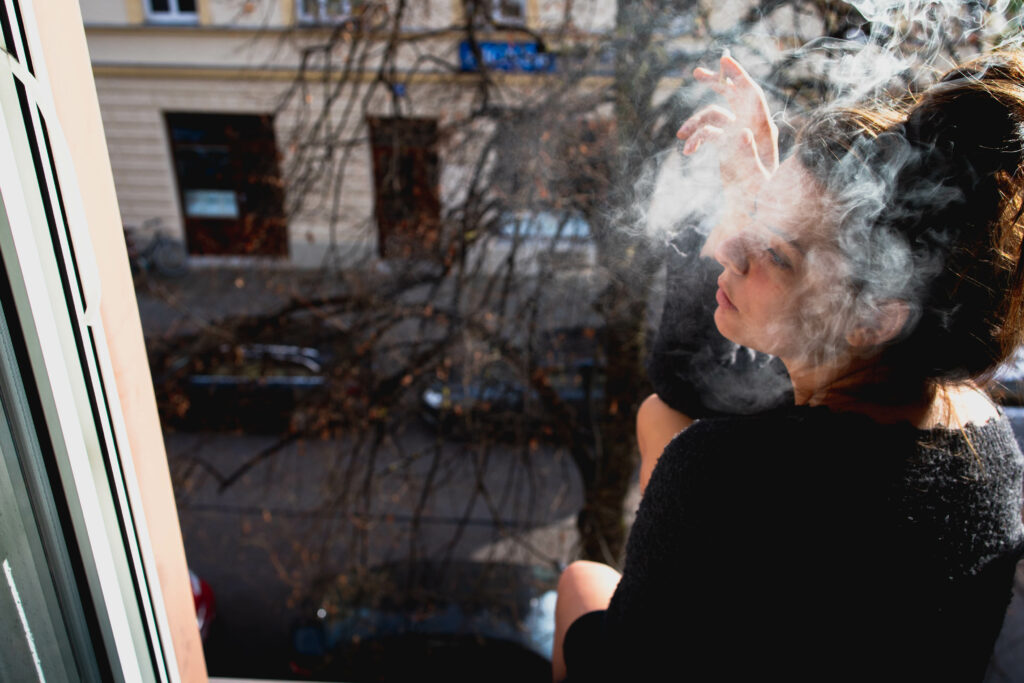
That’s why I can’t stress enough how valuable it is for us as photographers to take beautiful mementos of our friends and family. It may be precisely these images that strengthen us again and remind us why we started with portrait photography in the first place.
Capture the right moment
As I mentioned before, good times to portray your friends is rather a moment then a staged composition. This can be at a party, on vacation in front of a beautiful background, or at a free time activity. The more exciting the context of the picture is, the more your background can contribute to the mood or tell a story, the easier it will be for you to create a memorable portrait.
I personally like slideshows of an event, they take me back to a wonderful time and make me relive the moment.
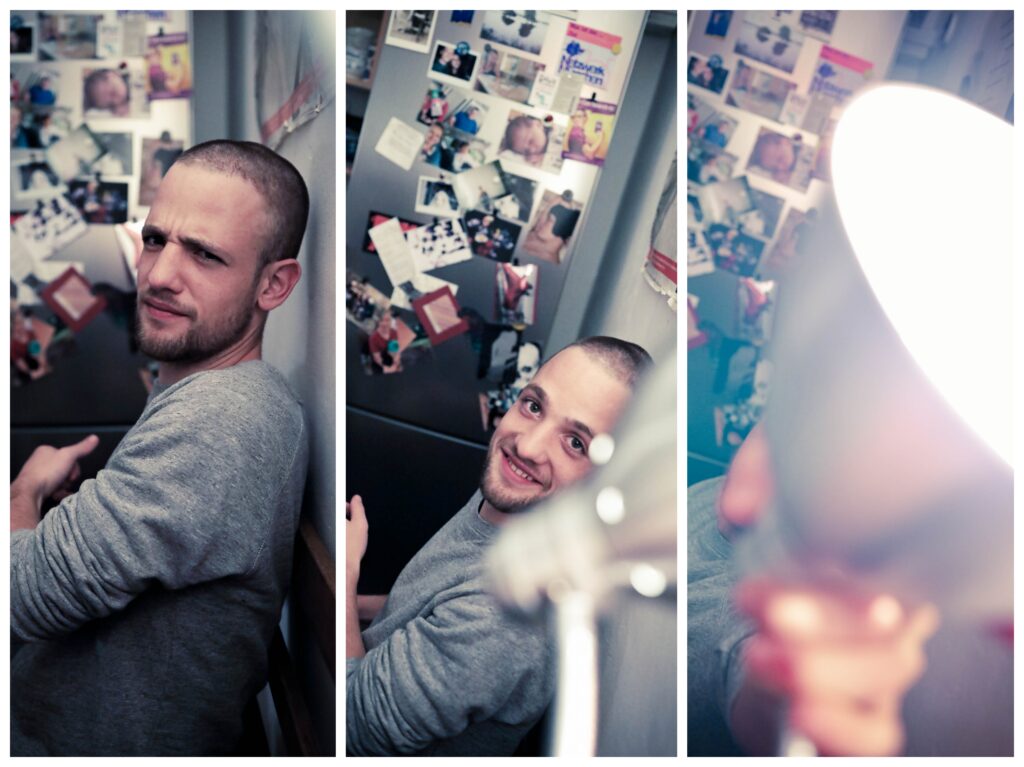
If you want to make it look more professional
Occasionally, your friends and family will ask you if you can take professional pictures of them. In this case, having the right equipment helps immensely. That would be a portrait lens, like 50 or 85 mm. “All” that’s left is finding a suitable background. So what’s next.
Guide your subject to relax their shoulders, let them take a deep breath, and possibly position their core a little to the side. Of course, you can alternatively let them turn the body center directly towards the camera and/or let them shift the weight to the back leg. This makes the posture appear more relaxed. Also, everyone has certain gestures or movements that they naturally make. Try to work with these gestures or facial expressions of your subject and emphasize on them.
There is another benefit of taking pictures of friends or family, you can make them laugh more easily than strangers:)
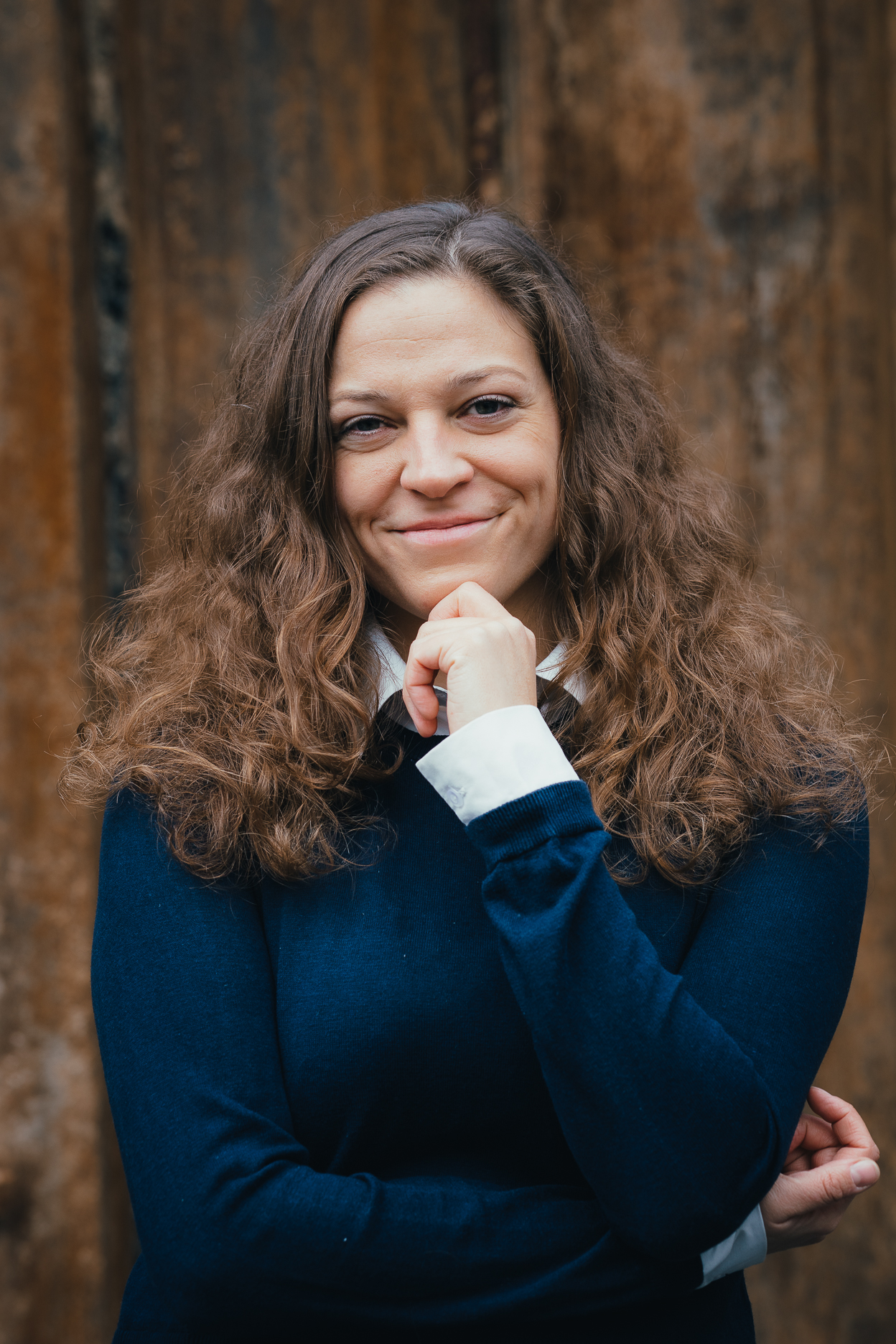
Capture your protagonist doing what they love
You know your closest friends and family, you know what moves them and what gives them joy. So incorporate it into your portrait of them as well. If someone likes to play an instrument, perfect opportunity! If someone is a bookworm and likes to browse through old bookstores, excellent storytelling! If your protagonist has a spot for hiking, let’s go!
Take the time to wait for the right moment, don’t get discouraged if it takes multiple attempts, and most importantly, make sure your subject is comfortable.
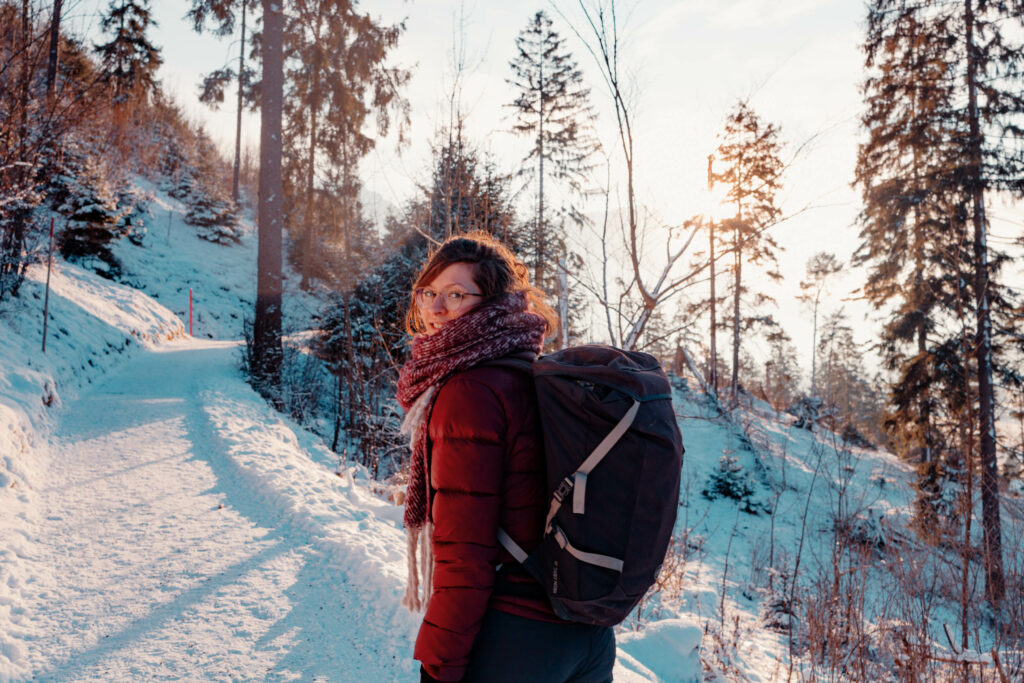
It doesn’t have to be a portrait
A picture without faces, a captured mood, often speaks more than 1000 words. Think about how you can freeze a memory or the emotion of an event that is important to you. What was the highlight of the evening, what made this moment so special. This can be anything from dirty hiking boots, an air cushion in the pool or a motorbike in the evening sun.
The only important thing is that the element tells something about the situation, the experience. The rest, the rest, is mental cinema for the viewer.

The pictures don’t have to be perfect
By the way, portraits of our loved ones are also incredibly relaxing, simply because we can take pictures completely freely without worrying if they’re perfect or not! It’s not like you are on a job, and you’ve to fulfill the expectations of a client. None is excepting you to deliver amazing photos and if something comes out of it, everyone involved is super satisfied. Win-win without risk and with grateful memories to look back at either way.
And you don’t even need an expensive camera for it, authenticity is often better than having the highest quality possible.
Last but not least, some tipps
Here are a few more tips to how I guide when I have someone in front of the camera who has no modeling experience:
- Let them interact: If your subject is busy with something, then you don’t have to instruct anything anymore, just take the picture in the action. Possible examples would be reading, playing an instrument, cooking or exercising
- Playing with posture, perspective and gestures: Try to avoid getting stuck during a shoot “stand a little sideways, take a deep breath, look past me to my left, cross your arms, walk towards me” are things you can tell your protagonist to keep them moving. Of course not every perspective work for everyone, but it will definitely bring dynamics into the picture and eventually lead to good results
- “Look away from me and in three, two, one into the camera”: Very simple, but often works, because in this brief moment you can capture a very authentic view of your protagonist
- “Relax your shoulders, hop up and down a little, breathe in deeply” are also methods of appearing more relaxed, while taking deep breaths prevents having a bad posture
- Demonstrate the poses you have in mind yourself: Sometimes words are just a bother. So just show yourself what you imagine the portrait should look like
So there you have it, my tips and tricks for guiding friends and family. If you found this blog entry interesting, you might also like my post about portraits in the midday sun, and if it was particularly helpful to you, please feel free to write me a comment. Either way, thanks for reading and have fun taking portraits.





